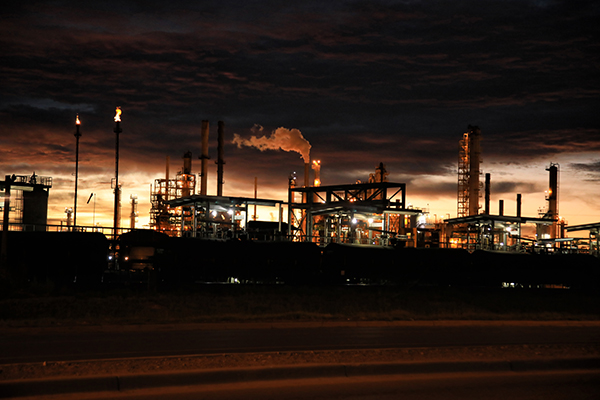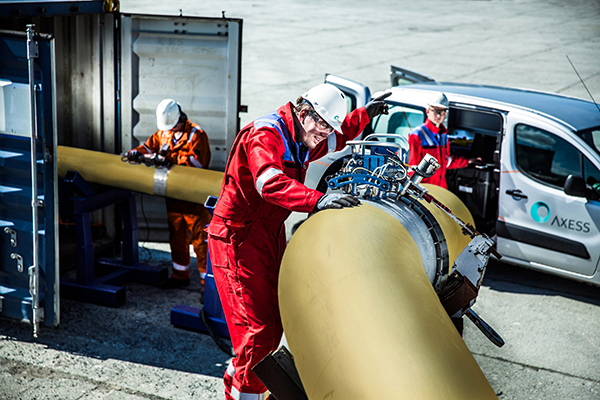Zero Routine Flaring: Role of NII in conserving natural gas
The upstream industry accounts for 90% of global flared gas, a recent study found, with over 300 million tons of carbon dioxide emitted to the environment annually. Associated gas from oil extraction activities are burned as part of the industry’s safety routine. Explosion may take place if the pressure and flammable gas released by pressure relief valves during production start-ups and shutdowns are not discharged.
In some cases, excess natural gas is disposed of due to lack of infrastructure to capture and transport it, thereby wasting valuable energy resource which could have been utilised for power generation and other forms of energy.
Zero Routine Flaring
Gas flaring is a significant contributor to climate change due to carbon dioxide and other pollutants emitted from this practice.
To address this problem, The World Bank launched the “Zero Routine Flaring by 2030” initiative in 2015, encouraging the government, oil companies and development institutions globally to seek alternative solutions to gas flaring. Extensive efforts by the participating parties have significantly paid off as the latest global gas flaring data revealed a nearly 5% flaring decline in 2017, despite 0.5% growth in global oil production.
While the recent global flaring data update is encouraging, it is still a long way to go before achieving zero emission from flaring and venting. Axess Group recognises this challenge and takes the initiative to support the oil and gas companies by implementing economically viable solutions to mitigate climate change.

Avoiding production shutdown with non-intrusive inspection
The frequency and duration of production shutdown is largely influenced by inspection of equipment for maintenance, safety and regulatory requirements. Traditionally, pressure relief valves are taken offline to perform internal visual inspection. However, this method is environmentally unsustainable because the pressure must be released via flaring.
Axess Group’s role in reducing production downtime not only helps their client in saving costs, it also largely contributes to avoiding “legacy” flaring. Breaking the conventional inspection process and employing various non-intrusive inspection (NII) techniques in examining the condition of pressure vessels and tanks can help reverse the adverse impacts of climate change.
NII uses sophisticated tools and technology—digital x-ray, vibration monitoring, ultra-high frequency analysis and dynamic contact resistance measurements— in assessing the internal condition of vessels while they are online and operating. The key benefits of NII in offshore application are:
- Reduced production shutdowns that would cause production loss and flaring
- Shortened turnaround durations
- Improved personnel safety with remote inspection
- Increased production with uninterrupted uptime
- Overall time and cost savings

Embracing technological transformation in offshore inspection is a part of Axess’ leadership initiatives to provide the oil and gas industry with the most climate-efficient services. Implementing non-intrusive inspection, in combination with long-term planning and collaboration with clients, will significantly abate unplanned operational interruption. Less production shutdown, less gas flaring.
Axess Group is committed to deliver environmentally sustainable solutions to their clients by constantly developing methods and investing in new technology with the lowest emission possible. Strategic planning to predict the condition of equipment is key to minimise shutdown and eliminate routine flaring.
Learn more about our climate-efficient services. Send us an email at [email protected] for collaboration.
Axess helps their customers eliminate routine flaring by developing and utilising efficient tools and advanced non-intrusive inspection methods.